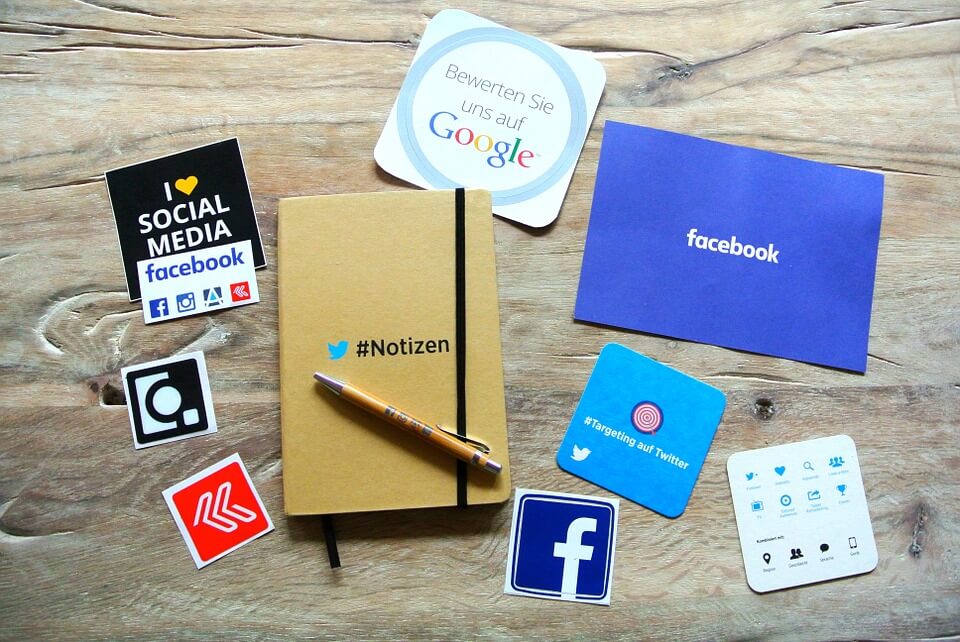Business
Here’s how to build a strong personal brand on social media
Those who plan to be an online influencer must establish personal branding on multiple social media platforms.

Social media is everywhere and having yourself on it can be great; however, your professionalism doesn’t stop at your professional profiles.
If you’re an influencer in your industry or the face of your business, then paying attention to your personal brand is essential in your social profiles. So how do you get personal branding working for you?
Here are 5 steps to ensuring you have a strong personal brand that will help with your business success:
1. Audit yourself
A quick audit of your personal profiles is a good idea so you can prune anything you wouldn’t want to be associated with yourself professionally. It will give you a chance to update all your profiles as well.
Make sure all your profiles are connected so users can easily see the relationship. The idea here is that you are an extension of your business and all social profiles clearly indicate to the user who you are and what you’re about.
When posting to your personal social media accounts, keep in mind your business goals and remember optics is key. When someone searches your name, what do they find? Remember anyone may repeat that search so if the results aren’t good you could lose a potentially warm lead.
2. Set goals
Being the face of your business can also lead to you being an influencer in your industry. But that doesn’t just happen automatically. You need to set targets for yourself. And not just in terms of the metrics of measuring success but in how you will achieve the higher standing in your industry that you’re after.
Look at people already established in your niche. They may have a business profile but then on their own how are they presented? Successful personal branding should show their personal profile is aligned with the style of their business.
Once you see what content has been effective and how often your peers have been successfully posting, you can estimate how often and what kind of materials you should post.
Also, pay attention to where they post and you’ll see what platforms have returned results for them. Then you’ll know where to focus your efforts.
This element and the audit can be time-consuming and confusing so don’t hesitate to reach out to social media experts if you require assistance.
3. Create your social media strategy
You have your goals set and you know how often you want to post and how many new people you want to see your content. Now, it’s time to incorporate the previous steps and develop a goal-based strategy aimed at realistic growth.
Achieving your goals is a dynamic process where you will consistently evaluate your successes and refine your approach until you start seeing the results you want.
Share other people’s content while promoting your own to establish yourself as an authority in your industry and not just a self-promoter.

Influencers must need to craft their personal branding on social media platforms first. (Source)
There are various content aggregation tools available that will make it easier for you to find relevant content. And the bonus is you’ll get to read more about what you do!
Alltop and POPURLS are some favorites but there are much more you can choose from.
Try tools like Buffer or Hootsuite to help you schedule out your posts but remember to check in often for any engagement. The best thing you can do to establish yourself as an authority is to provide feedback and commentary on other users that shows you know what you’re talking about.
By making it a conversation you are becoming an influencer. Other users will see that dialogue whether its tweets or comments and they’ll see your expertise in action.
Each approach will vary but there should be consistent elements to any strategy such as choosing which platforms you are going to be able to log into on an ongoing basis and what kind of content is best suited to your industry.
4. Update your profiles
Having a professional headshot is a great idea for your personal brand. If you don’t have that already make sure you get one and place it as your avatar on each social media profile—both personal and business profiles.
Each platform’s profile should easily convey a connection to all others. Users should see consistency in both the visual elements and the content you’re posting.
If you’re having trouble with the various images and sizes required, it’s quite easy to set up a free account with Canva, which has predefined image sizes for all platforms and is very user-friendly.
5. Hire a mentor
It never hurts to have a third party review your profiles. While asking friends for help may seem like a good idea, an experienced, professional personal branding mentor will know what has and hasn’t worked in the past.
Look for someone who has helped others achieve a solid personal brand and reputation in their industry and contact them for assistance. But make sure they know this is about your social media presence so you get someone with relevant experience to your goals.
—
DISCLAIMER: This article expresses my own ideas and opinions. Any information I have shared are from sources that I believe to be reliable and accurate. I did not receive any financial compensation in writing this post, nor do I own any shares in any company I’ve mentioned. I encourage any reader to do their own diligent research first before making any investment decisions.

-

 Africa3 days ago
Africa3 days agoForeign Investor Activity in Morocco’s Equity Market in 2024
-

 Markets1 week ago
Markets1 week agoCotton Prices Firm as Demand Lags and Global Production Outlook Improves
-

 Biotech1 day ago
Biotech1 day agoJohnson & Johnson’s Tecvayli Combo Shows Breakthrough Results in Multiple Myeloma
-

 Impact Investing1 week ago
Impact Investing1 week agoEU Drops 2029 Gas Boilers Ban but Ends Incentives from 2025 in Shift Toward Cleaner Heating















You must be logged in to post a comment Login